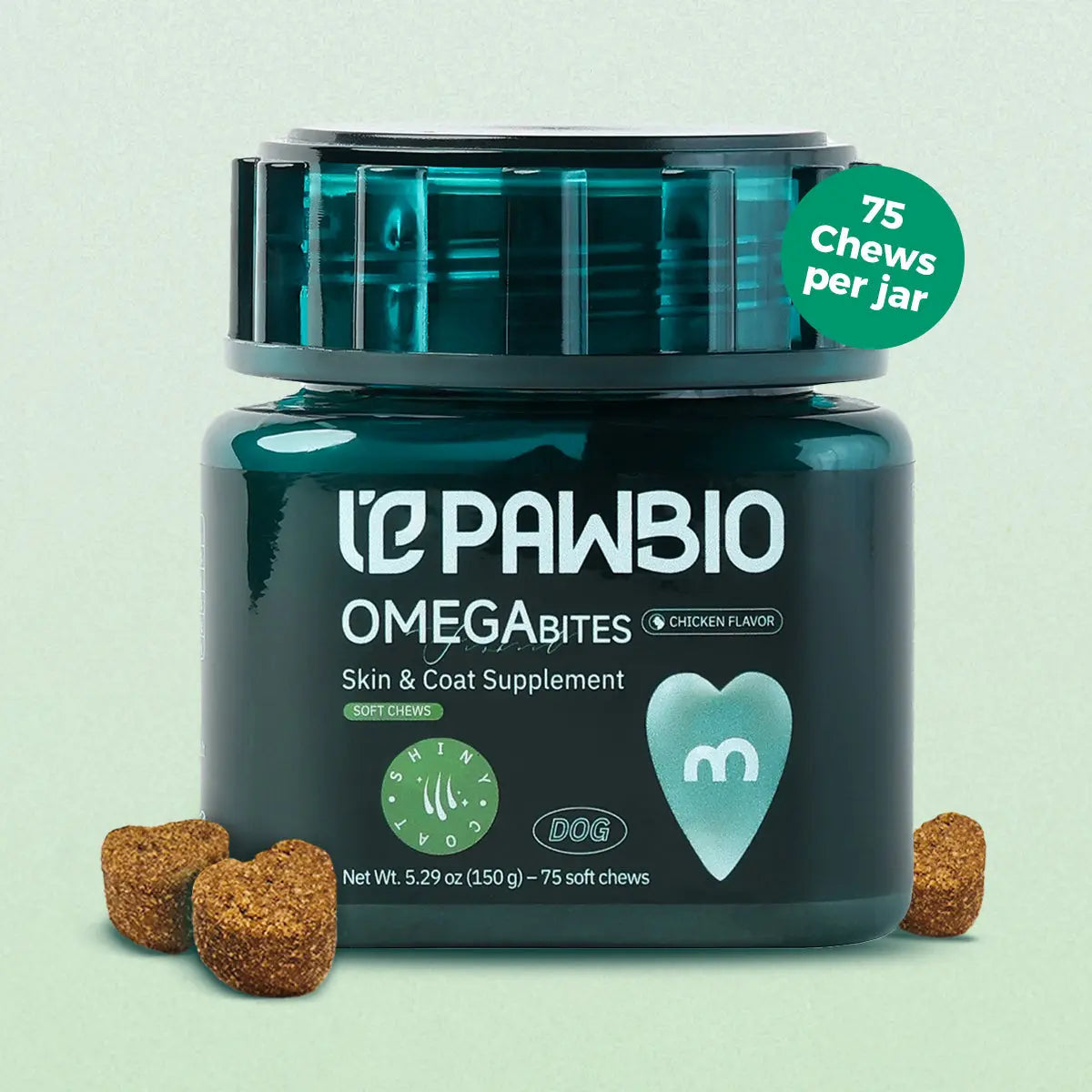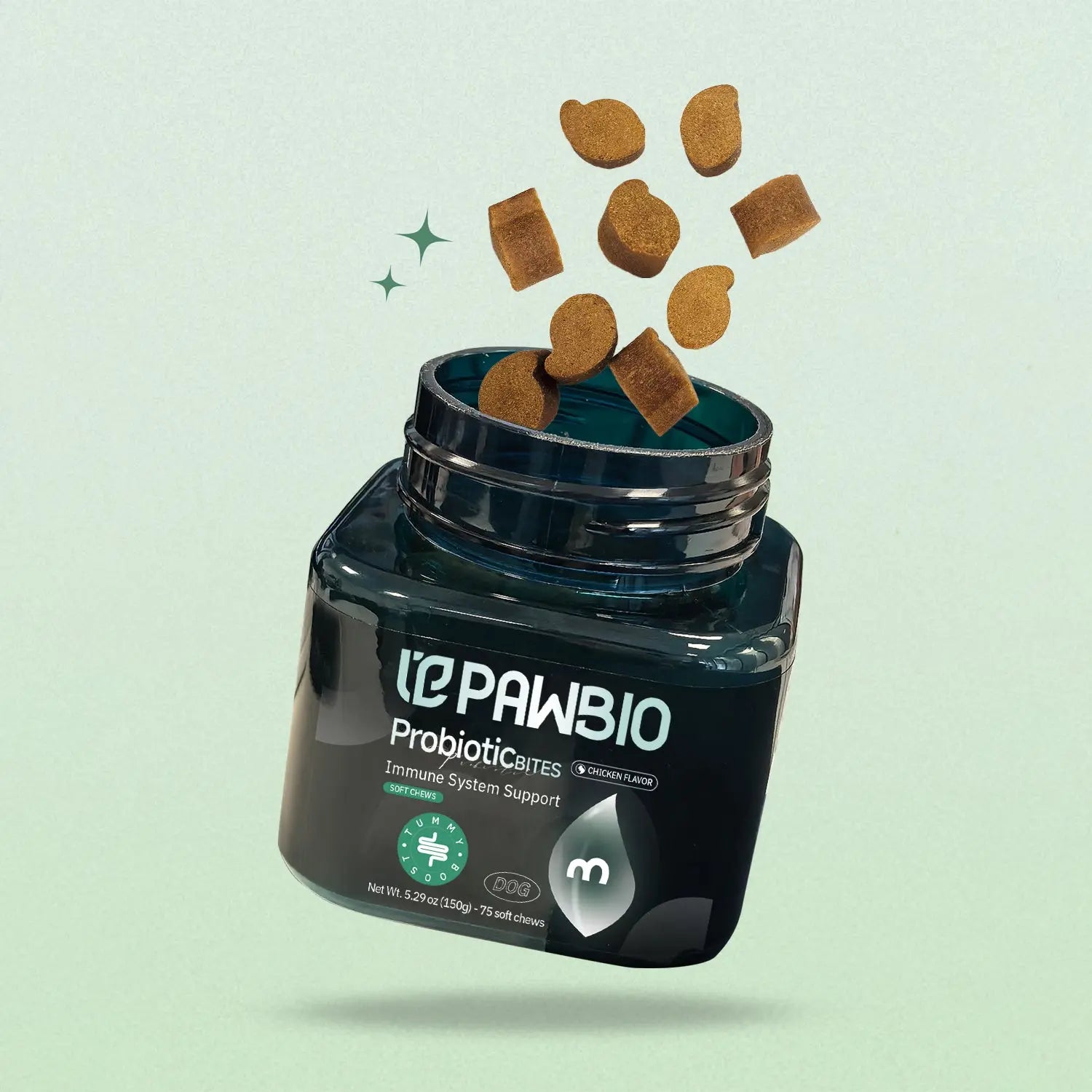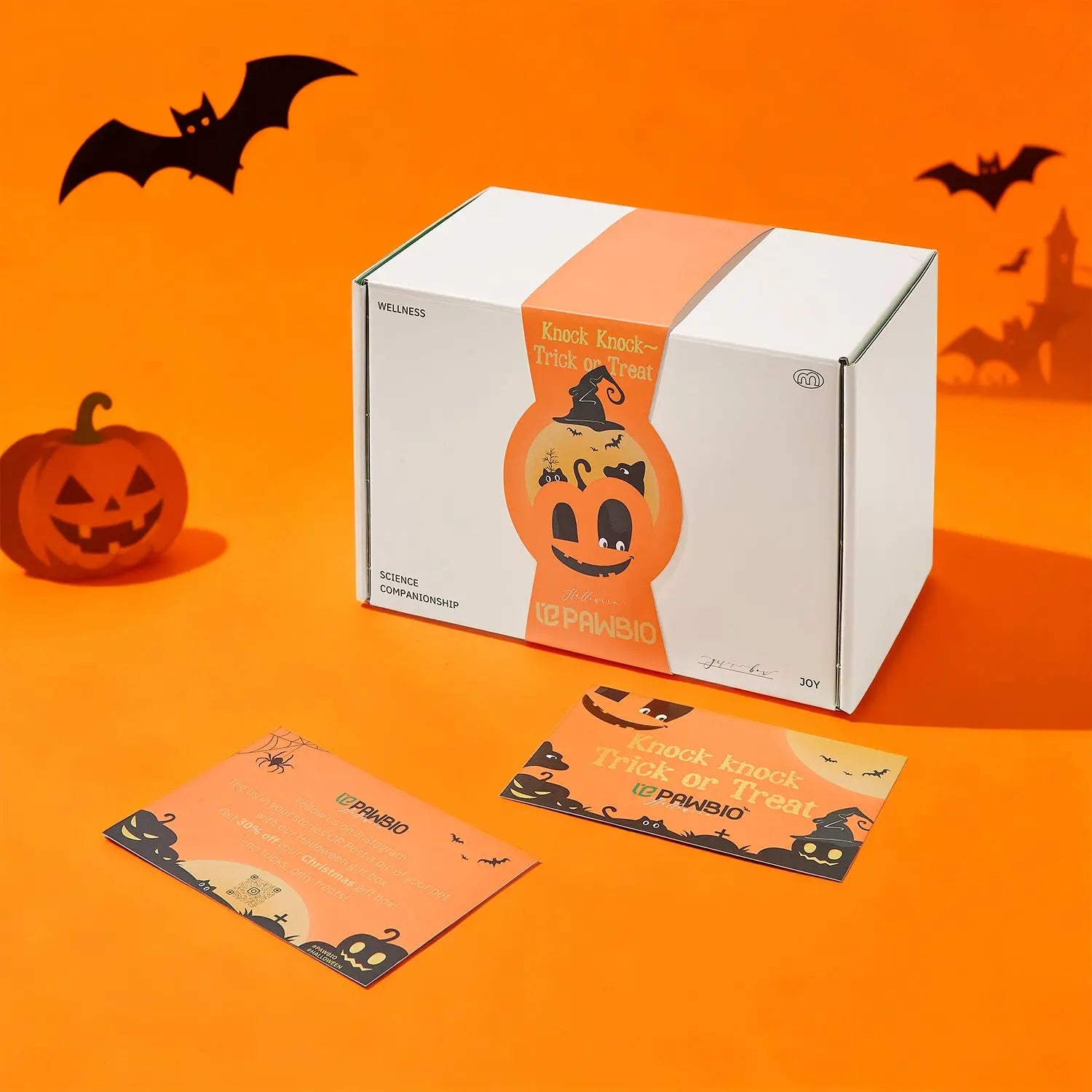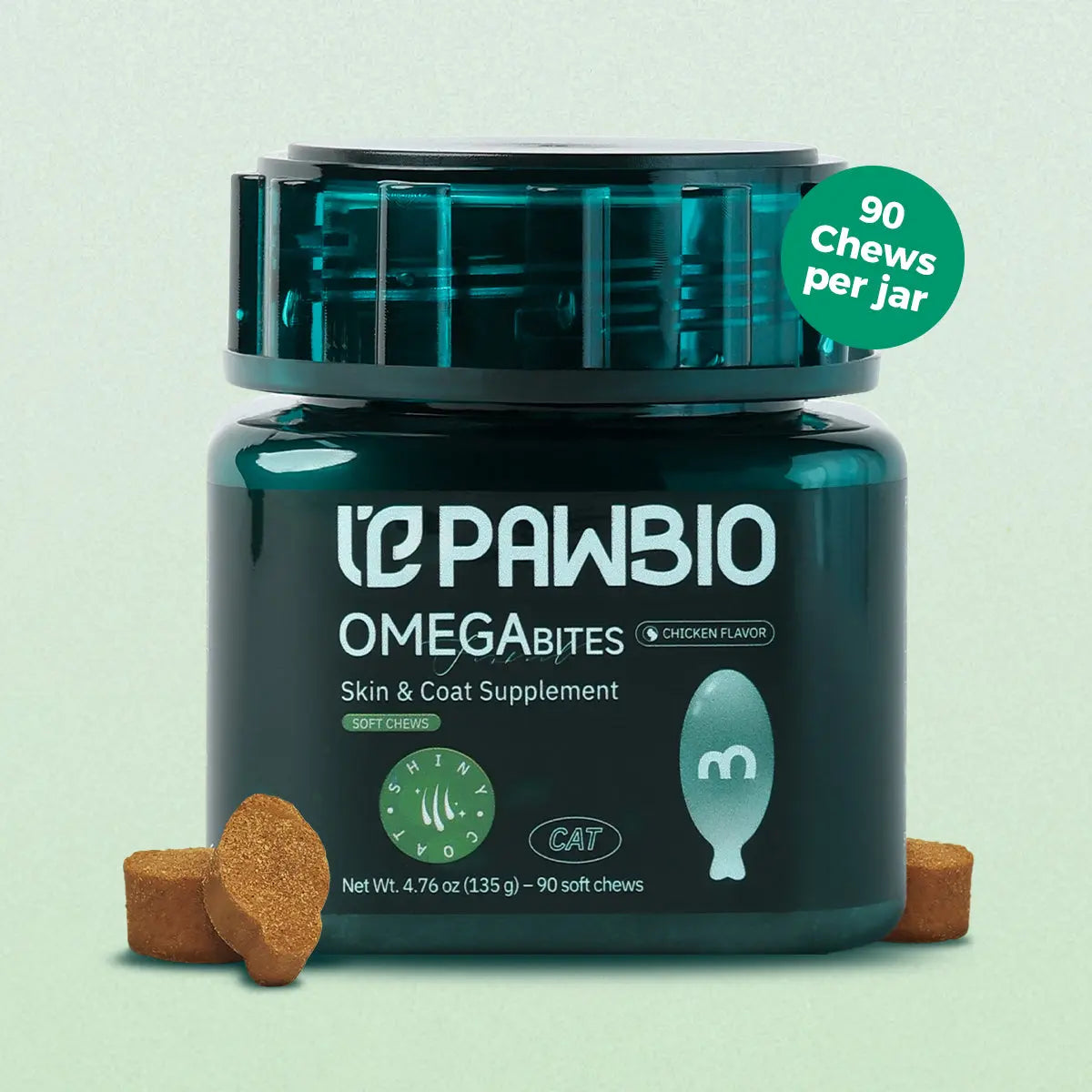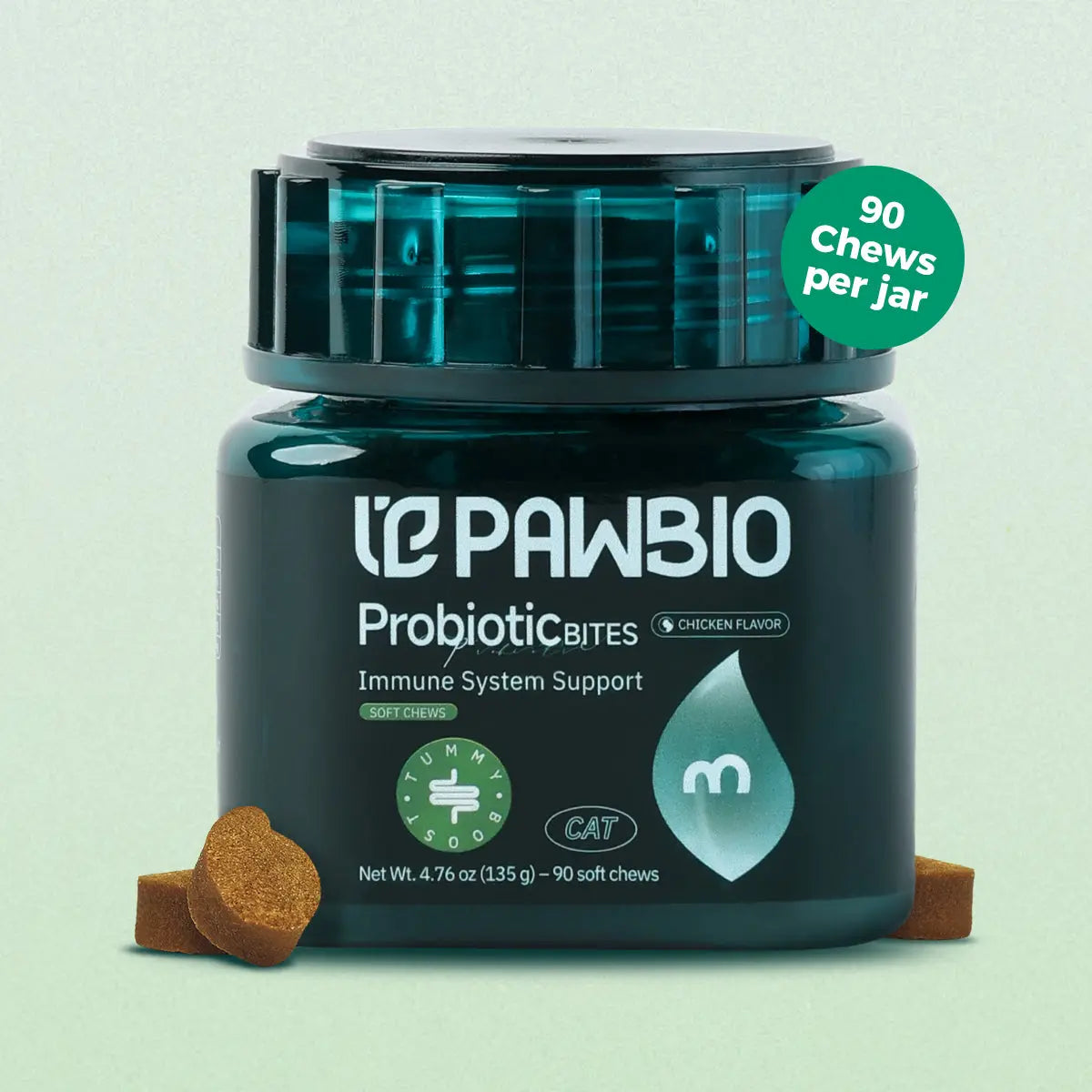By Dr.Sophia Martinez
Understanding Heart Murmurs in Cats: Pathophysiology, Prognosis & the Potential Role of Coenzyme Q10 (CoQ10)
Disclaimer: This article is for informational / educational purposes only. It does not replace veterinary diagnosis or treatment. Always consult your cat’s veterinarian before giving any supplement.

What is a Heart Murmur in Cats?
Causes of Murmurs & Clinical Implications
-
Congenital defects such as ventricular septal defects (VSDs), atrial septal defects, or valvular malformations may cause abnormal shunting or turbulent flow. PetMD
-
Acquired heart disease (e.g. hypertrophic cardiomyopathy, valvular degeneration, cardiomyopathies) can alter chamber geometry, pressure gradients, or cause regurgitant flow. PetMD
-
Functional / secondary murmur sources: anemia, hyperthyroidism, systemic illness, high cardiac output states, or stress may produce transient murmurs even in structurally normal hearts. MetLife Pet Insurance
Diagnostic Workflow & Prognosis
-
Baseline workup: physical exam, complete blood count, chemistry panel, thyroid function, blood pressure.
-
Thoracic radiographs (X-rays) to assess heart size, pulmonary vasculature, lung fields.
-
Electrocardiogram (ECG) to detect arrhythmias.
-
Echocardiography (cardiac ultrasound with Doppler) is the gold standard for visualizing heart structure, chamber dimensions, valve motion, pressure gradients, and evaluating whether the murmur corresponds to a structural abnormality.
-
Optional: cardiac biomarkers (e.g. NT-proBNP), further advanced imaging as needed.
Coenzyme Q10 (CoQ10): Biology & Evidence
-
In cats and dogs, CoQ10 is used as a supplemental therapy for heart and neurological conditions, capitalizing on its antioxidant and mitochondrial support roles. Vca
-
CoQ10 supplementation in pets is considered generally very safe, and absorption can be improved when given with food (especially fatty meals). Coenzyme Q10 use in pets
-
However, no definitive controlled clinical trials currently confirm that CoQ10 significantly alters prognosis or reverses structural heart disease in cats. TUFT
-
Some studies in dogs with congestive heart disease (e.g. mitral valve disease) have shown that CoQ10 may reduce oxidative stress and inflammatory markers (neutrophil/lymphocyte shifts) as a supportive adjunct. National Library of Medicine
-
A review of dietary supplements in veterinary cardiology notes that while human data are promising, translation to dogs and cats remains speculative. vetspecialists
Potential Role & Limitations of CoQ10 in Cats with Murmurs
-
Supporting mitochondrial energy production in myocardial cells, thus helping stressed cardiomyocytes cope with increased workload.
-
Reducing oxidative stress in cardiac tissues, which may slow progression of subclinical damage.
-
Acting as a complementary (not replacement) support alongside standard veterinary therapies.
-
Lack of robust clinical outcome studies in cats means benefits are speculative.
-
Bioavailability, formulation quality, dose standardization are nontrivial issues in pet supplements.
-
Supplementation should not replace vet-recommended medications, imaging follow-ups, or disease-targeted therapies.
-
Always monitor for any adverse interactions or side effects and maintain transparent communication with the veterinarian.
Practical Recommendations (Under Veterinary Oversight)
-
Use a well-formulated, pet-specific CoQ10 soft chew or chewable formulation.
-
Administer a fatty meal to enhance absorption.
-
Start with a conservative dose, monitor clinical signs (activity, appetite, breathing, weight) and periodically reassess with imaging or biomarkers if available.
-
Inform the veterinarian of all supplements being used to avoid interactions.


